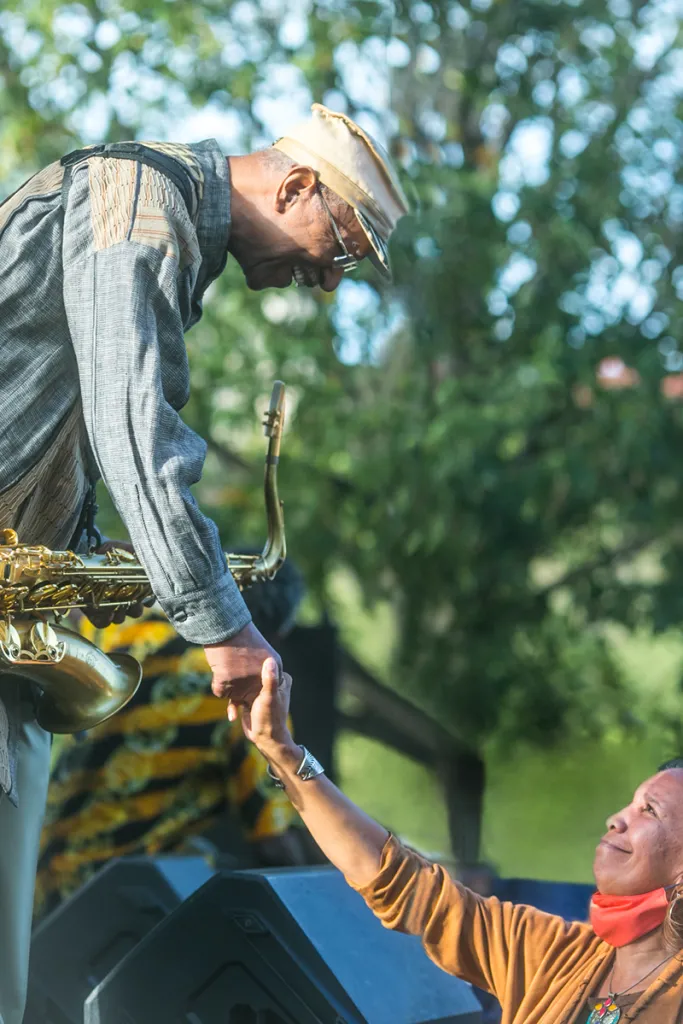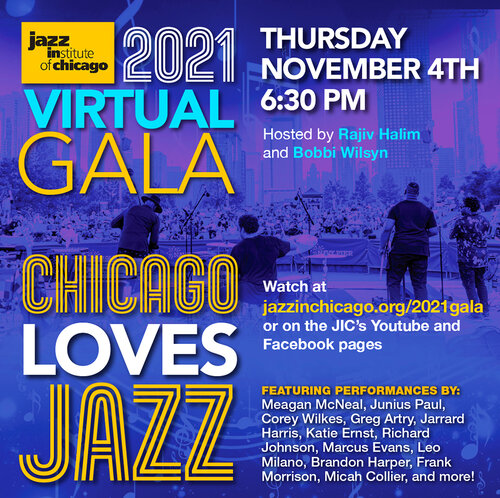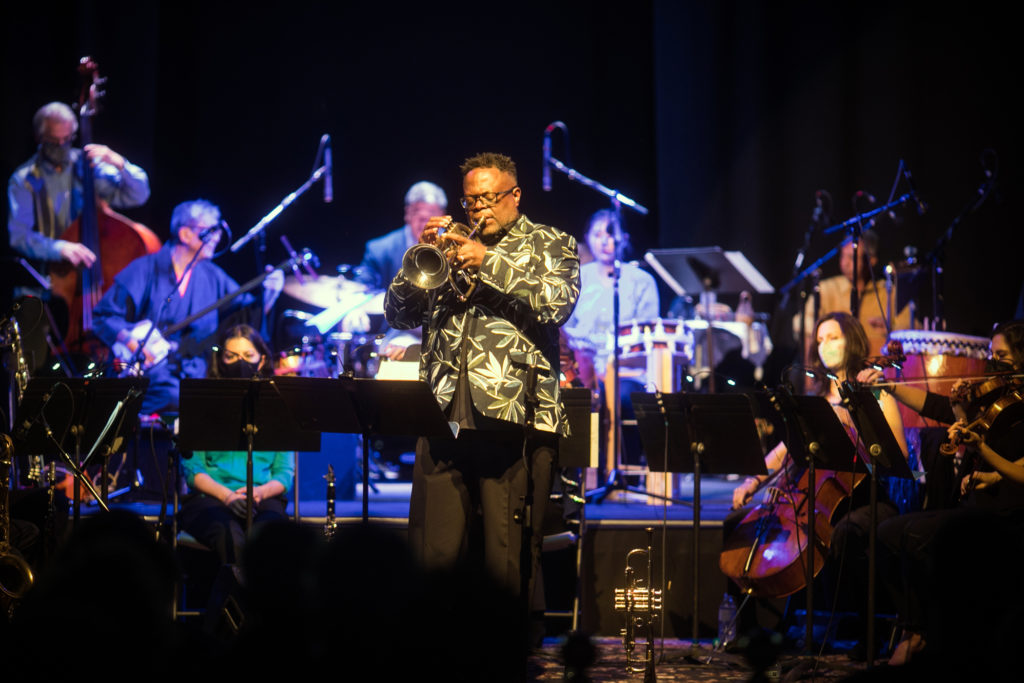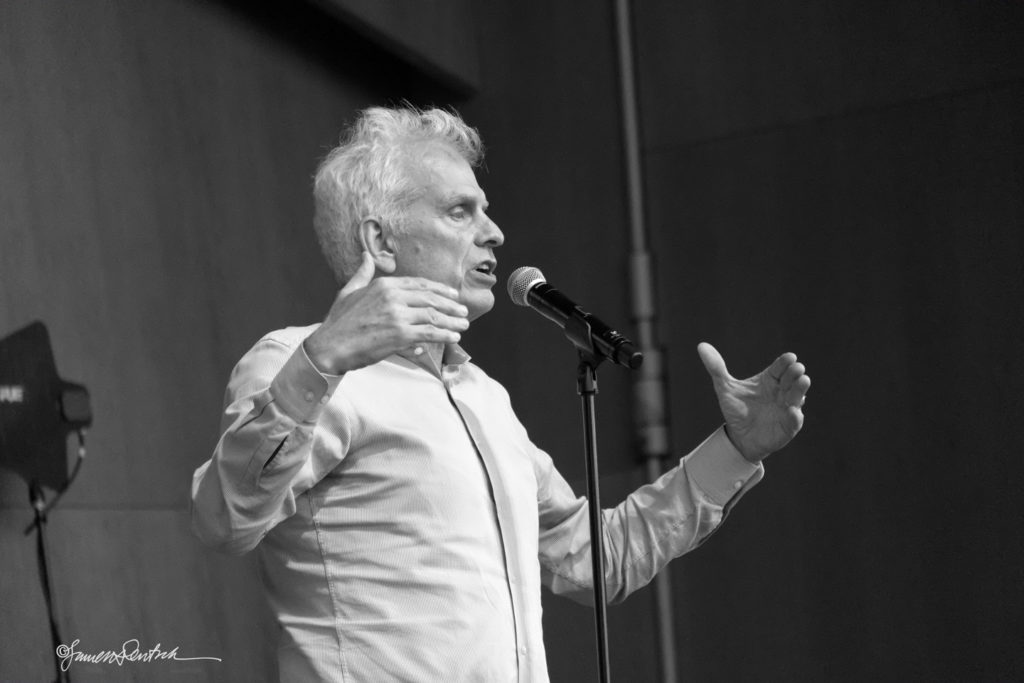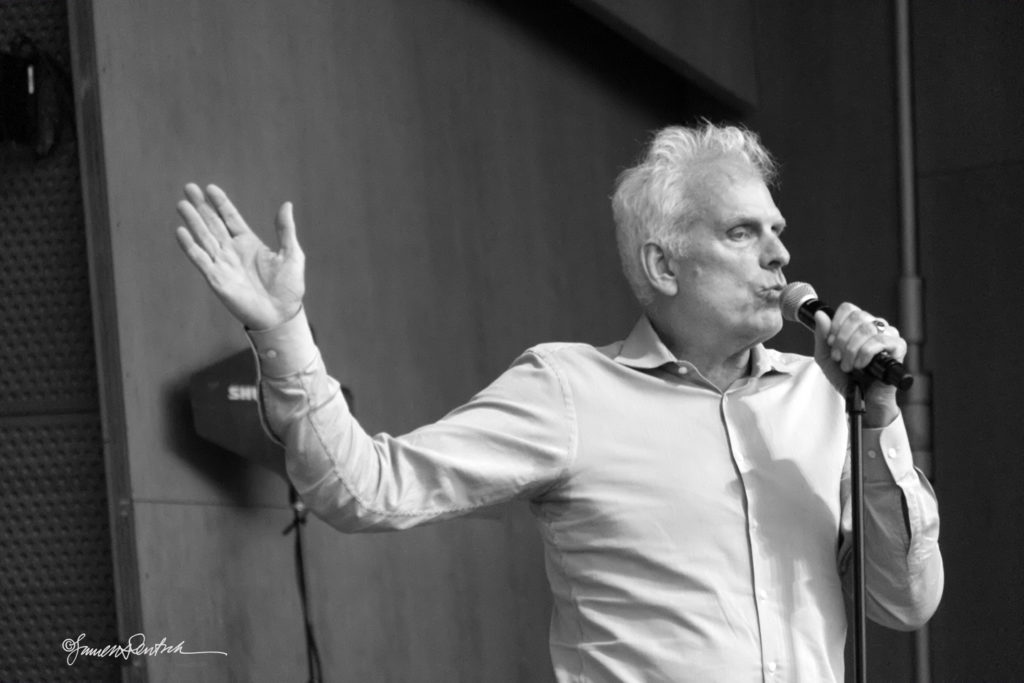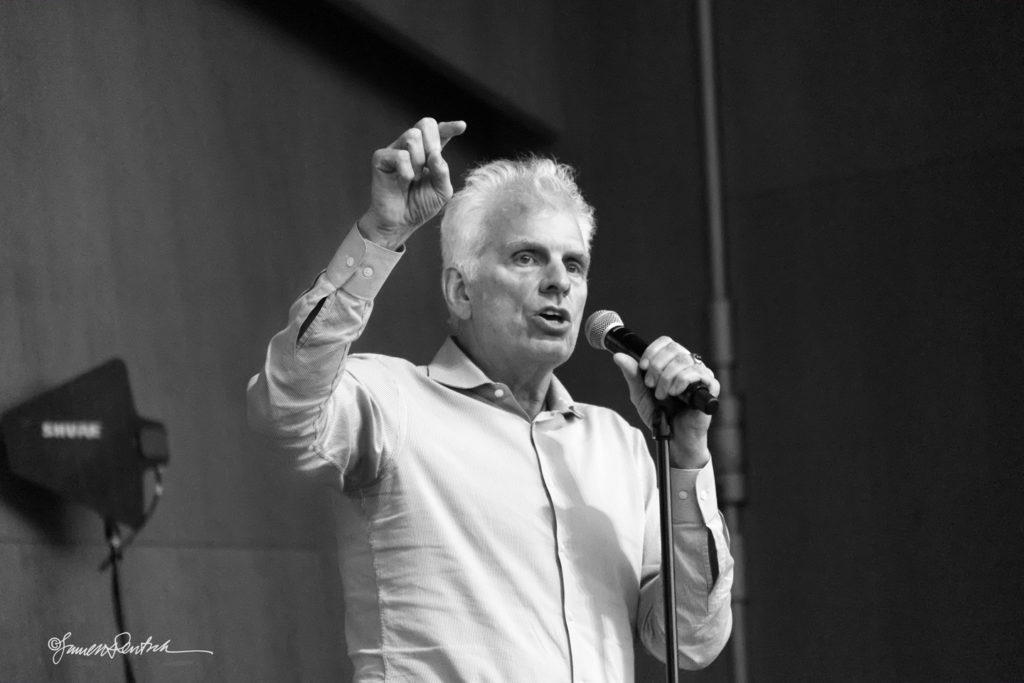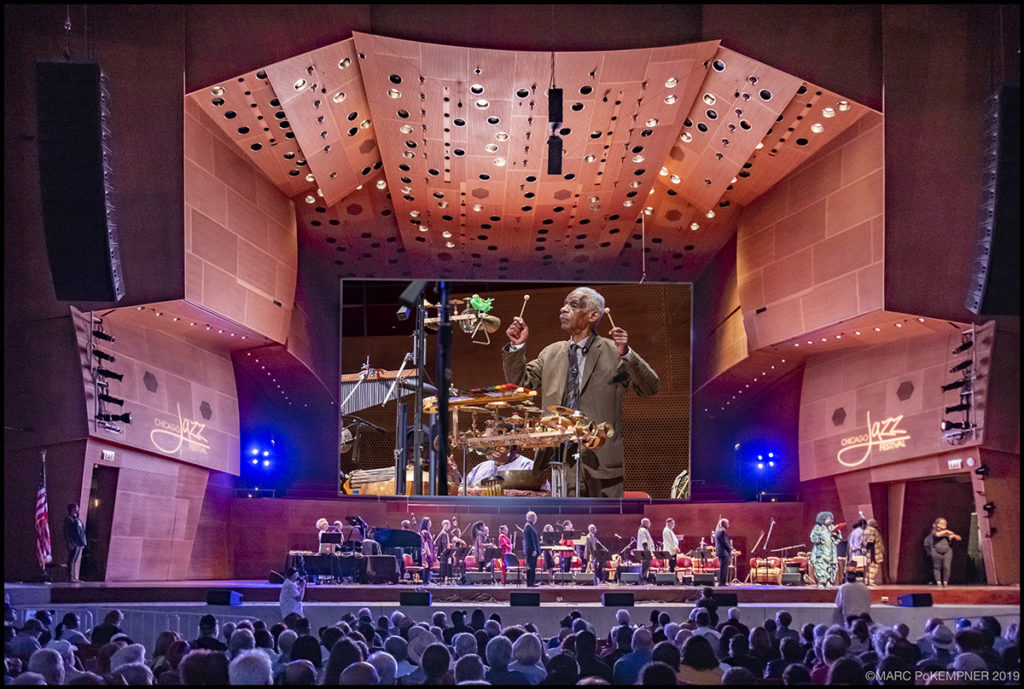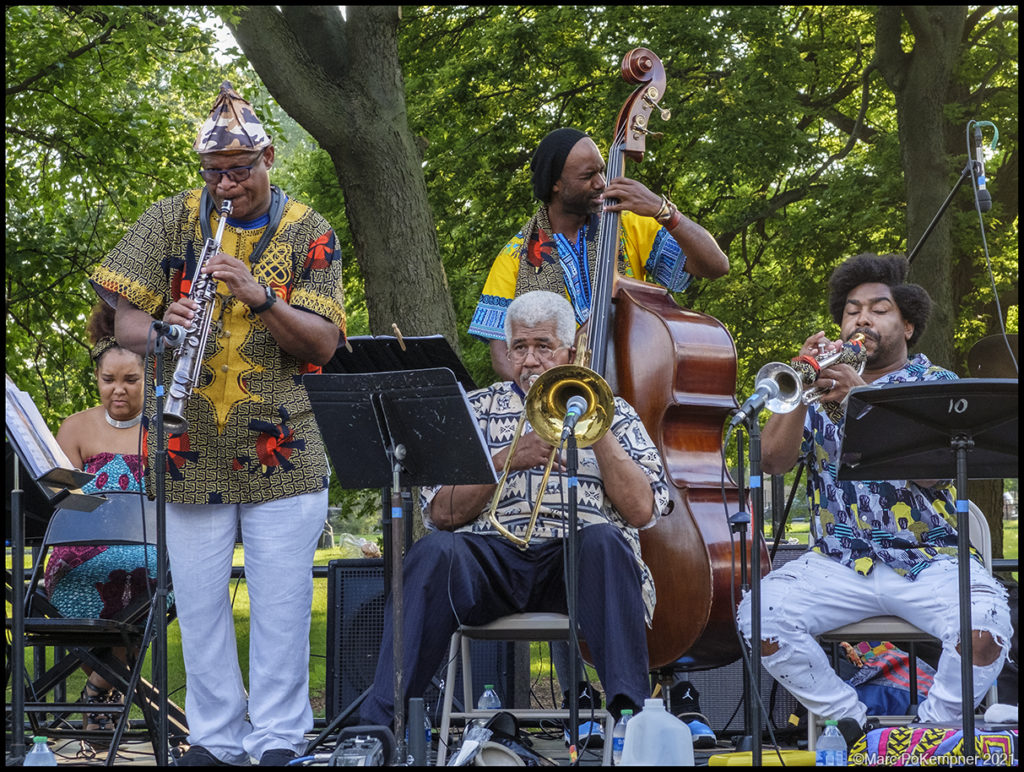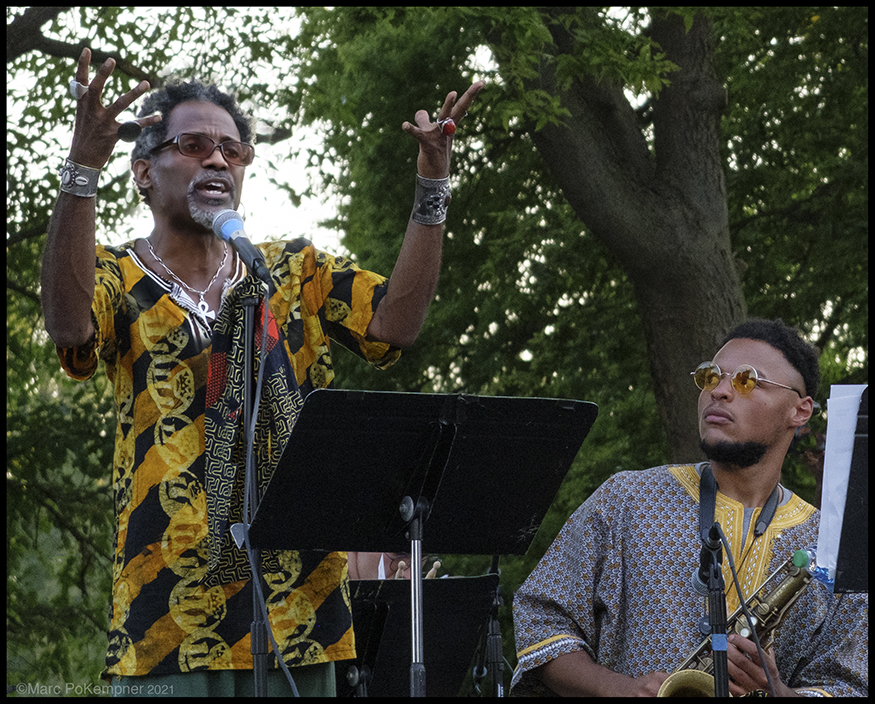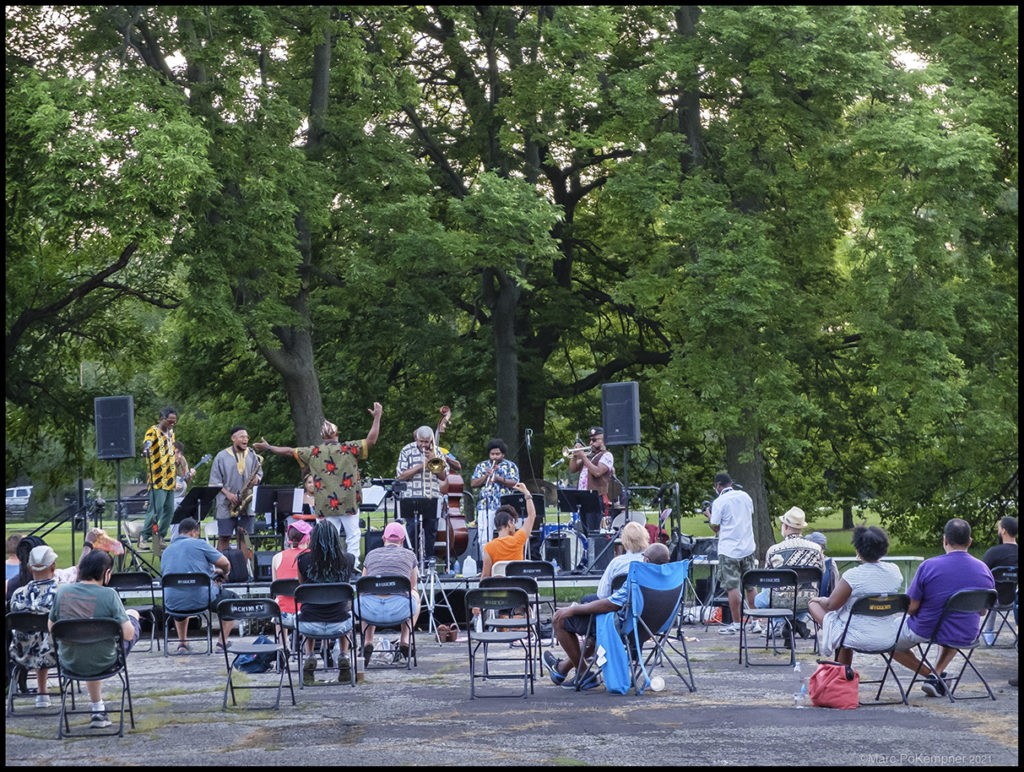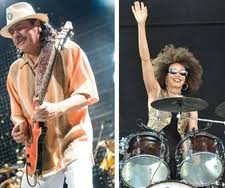As the year ends/begins, I’m thinking electroacoustic music is a wave of the future. But maybe it’s been superseded by other synth-based genres — synth-pop, EDM, soundtracks a lá Stranger Things. Is Prophet, the just released 1986 weird-sounds bonanza from Sun Ra with his Arkestra exploiting the then new, polyphonic and programmable Prophet-5 synth, timeless or passé?
In February, I saluted Herb Deutsch, co-inventor of the Moog synthesizer, on his 90th birthday. Deutsch died on December 9, with synthesizers ever more present in music creation of all sorts, and a notable if slow trend towards electro-acoustic improvising ensembles, which he pioneered. Is the trend taking hold? Or a thing mostly of the past?
As I wrote in February:
[Deutsch’s] recordings collected on From Moog to Mac sort of a best-of, with “Jazz Images, a Worksong and Blues,” (1965 — credited as the first composition for a Moog) featuring bluesy piano and (overdubbed?) horn intersected interwoven with thick and thin electronic lines, unnaturally long fades, whirling sirens, white noise, delays and maybe backward tape. A Christmas Carol (1963) his prescient mix of found sounds, spoken word and haunting ambiance, was a contemporaneous response to the Alabama church bombing that killed four young girls and also drew profound comment from James Baldwin, John Coltrane and Dr. Martin Luther King. Deutsch’s composition still has power . . .
To celebrate that aspect of Deutsch’s work, here’s a view-list of mixed acoustic instruments and electronics, old and new, analog or digital, in-studio or live.
XXXX – Michael Wollny with Emile Parisien/Tim Lefebvre & Christian Lillinger
“The Prophet (abridged)” — by Sun Ra
“High Speed Chase” — from doo-bop — Miles Davis
“Patriots” — Zawinul Syndicate
from Streaming — Muhal Richard Abrams, George Lewis and Roscoe Mitchell
“Raindance” from Sextant, Herbie Hancock (with Dr. Patrick Gleeson)
Evan Parker ElectroAcoustic Ensemble
“Message” from Leave the City — Music Electronnica Viva
“OBA” from Human Music — Jon Appleton and Don Cherry
“Babel” from Avant-noir — Lisa Mezzacappa
“You Know, You Know” — Jan Hammer with Mahavishnu Orchestra (John McLaughlin)


